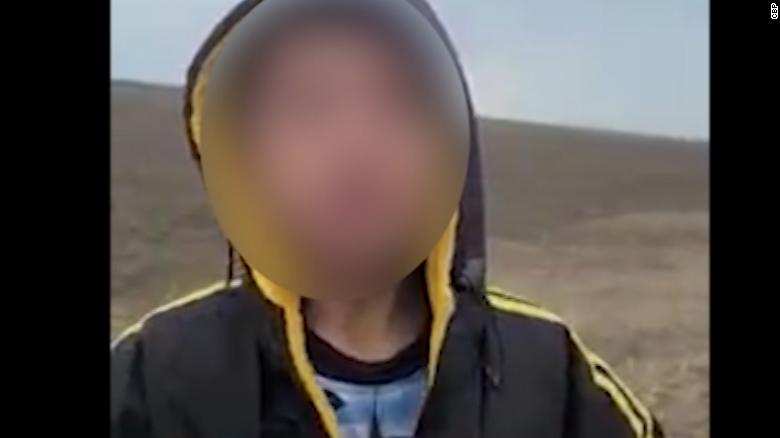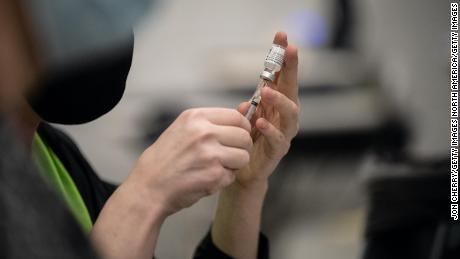(CNN)The Biden administration will need to continue to build up bed capacity and drastically reduce the time it takes to release unaccompanied migrant children to a sponsor like a parent or relative in the US to avoid backlogs in Border Patrol facilities in the coming months, according to internal government documents obtained by CNN.
The documents underscore the ongoing challenge facing officials and the time -- likely weeks, if not months -- it will take to keep up with the sheer number of unaccompanied children at the US-Mexico border.
Three forecasting scenarios outlined in the documents set up options to keep children from staying in the custody of the Department of Homeland Security for more than 72-hour legal limit. They include adding beds, staff, and support for more than 16,000 children by mid-April, shortening the average length of stay in the custody of the Department of Health and Human Services -- which oversees a shelter network for migrant children -- by more than half, or doing some combination of the two.
Over recent weeks, HHS has announced, or already opened, 11 new sites to accommodate hundreds of children crossing the US-Mexico border alone, but more steps will need to be taken to avoid the current overcrowding at border facilities.
HHS has built up its licensed bed capacity to about 13,500 beds, but additional capacity is needed. As of Monday, there were 15,193 in HHS custody, according to the latest data released by the government.
Since late February, HHS has leaned on convention centers in four cities, military sites, and influx space to try to get kids out of Border Patrol facilities, which are akin to jail-like conditions and not suited for children.
Typically, after being taken into Border Patrol custody, unaccompanied children have to be turned over within 72 hours HHS, barring exceptional circumstances.
Once in care, case managers will work to place children with a sponsor, like a parent or relative, in the US, but as a result of the coronavirus pandemic, and precautions to avoid spread of Covid-19, the department had until recently only been able to use a little more than half of the beds it has for children.
The growing number of children in HHS custody indicates some level of progress, as the number of unaccompanied migrant children in Border Patrol facilities dwindles. As of Monday, the number of children in Customs and Border Protection custody was 4,231. More than 900 children had been transferred out of CBP custody, according to the government.
Still, the number of children encountered daily is surpassing those discharged from HHS, meaning there are more arrivals than releases to sponsors, indicating a need for more capacity.
More on Immigration
"The basic problem right now is that each day more children are arriving than are being released to parents and sponsors. There will keep being a need for more capacity, unless either the number of arriving children goes down or HHS is able to more quickly release children," said Mark Greenberg, a senior fellow at the Migration Policy Institute and former HHS official.
"The important thing it's accomplishing is helping to get children out of CBP holding facilities, which are severely crowded, not a good place for children during any circumstances, particularly so during the pandemic," Greenberg said, referring to building up capacity.
The average length of stay in HHS custody is 31 days, according to the internal documents obtained by CNN. The time in custody differs across sponsor categories, ranging from parents or guardians to distant relatives. For example, children in custody who have a parent or guardian in the US are likely to be discharged to that sponsor in 25 days on average, compared to an unrelated sponsor or distant relative which can take 54 days, the documents show.
In more than 80% of cases, the child has a family member in the United States, according to the Department of Homeland Security.
Until a sponsor is identified and vetted, though, children remain in US custody. The Biden administration is trying to fast-track that process and encourage parents or guardians, many of whom are undocumented, to collect their kids from custody. Shortening the time it takes to discharge a child would help in freeing up bed space for children coming into custody.
The urgency stems from an upward trend of children arriving at the US southern border. In March, CBP encountered 18,800 unaccompanied children at the border, according to the preliminary data, nearly doubling the number apprehensions of children in February and setting a record high.






